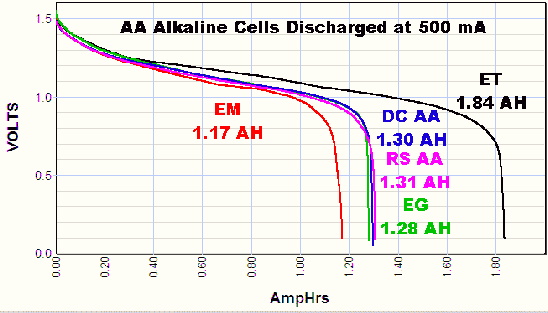Lasonic TRC-920 said:
Can I GLUE the heat sink to the IC's?
As per the power switch, Right now I have the amp wire "Power" to "Power", "Ground" to "Ground" and the "Amp On" switch running off the hot line I found for the power switch to the switch the amp on. What do you think about running the low voltage power from the switch to a relay and then running all the hot power through the relay?
As to gluing a heat sink to the IC............ NO. The IC's need to be sinked at the mounting tabs. The semiconductor substrate (internally inside the IC package) sinks heat directly to the tab which probably stretches throughout the underside of the module. That junction point generates a tremendous amount of heat and the ability of the heatsink to carry away the current will determine how much power the amp is capable of delivering at a sustained rate. Normally, the IC's will be bolted (screwed) onto a thick aluminum plate. In some equipment like home audio gear, you may see the amps bolted to a huge block with fins. In automotive amps, the IC's are frequently bolted to a piece of the chassis/case -- the collective of which functions as the heatsink as the heat travels throughout. That way, the heat is carried away from the cramped interior of the housing to the exterior and dissipated. So the proper way to affix a heatsink to the IC is a mechanical connection to the mounting tab with heatsink compound (grease) between the tab and heatsink.
As for the power switch issue -- I see what is happining now. The amp has an internal switching circuit. You have connected the standby wire to the boombox's power switch and that would be fine for the standpoint regarding the power switch. The only drawback to connecting it in that manner is that the amp will always consume power, even when powered off. A small amount of current is drawn to support the standby circuitry. The power draw will be low but keep in mind that it was designed for automotive applications which is frequently recharged and where it is expected that the battery is much larger than D cells. Remember that batteries stored in a boombox that gets completely discharged will begin to leak shortly thereafter. Therefore, a relay circuit that switches the amp completely on or off is more desirable in portable applications; so off that really means off is best. Of course to do this, both the power and standby wires will be connected together and powered by a relay.
Last suggestion: If you are sufficiently technically inclined to determine where to extract a low level signal source to power your new amp, you will produce cleaner power since you won't be multiplying distortion on top of distortion. Also, bypassing the internal amps might make more a more power thrifty installation instead of having both original and new amps working simultaneously. Don't know how much power you will save but in a portable device, every little bit helps. Good luck.






 With a very high impedance or open driven load, it will consume very little power.
With a very high impedance or open driven load, it will consume very little power.


 realy..
realy..